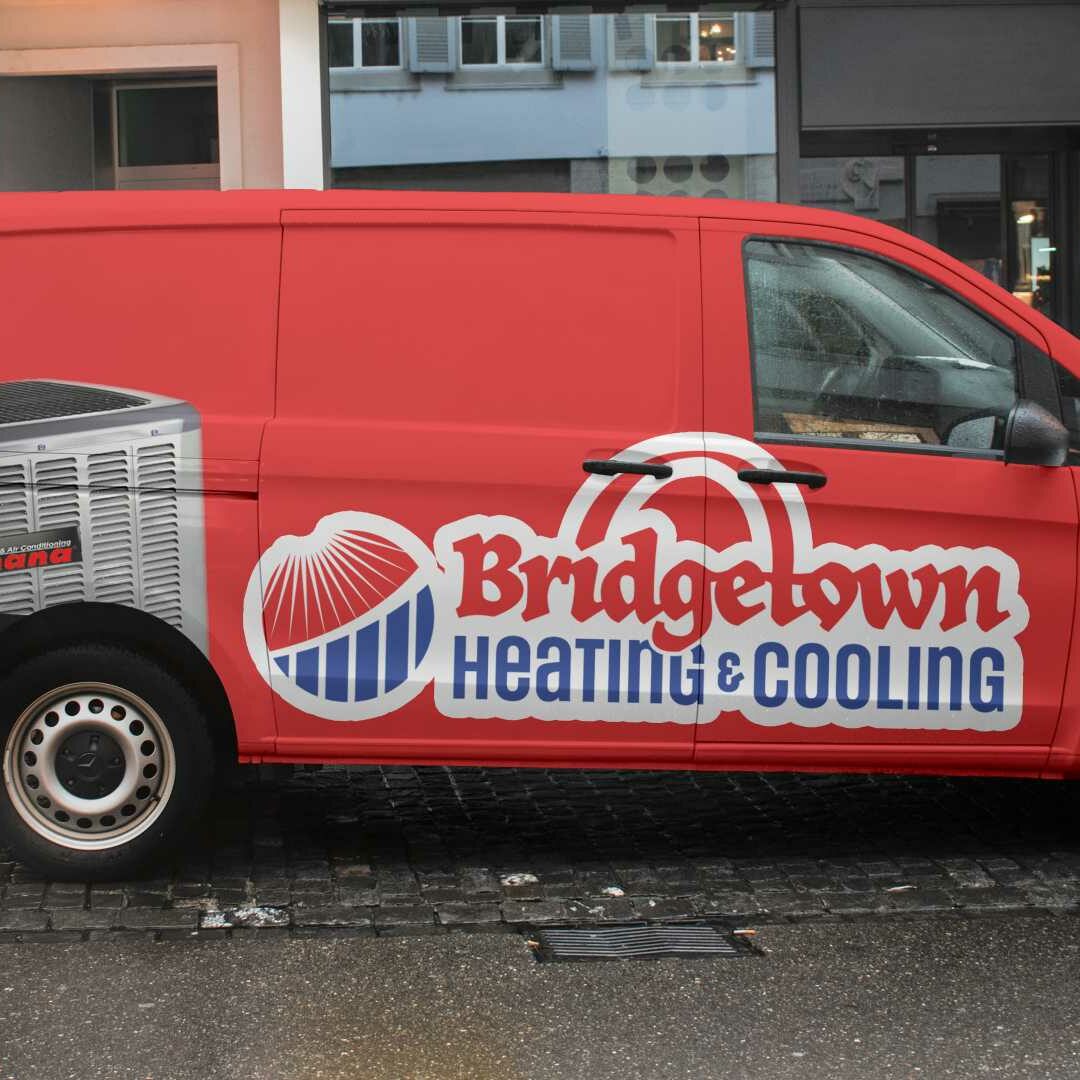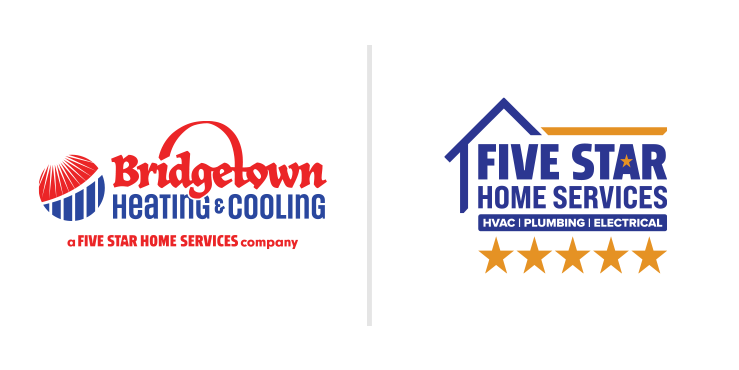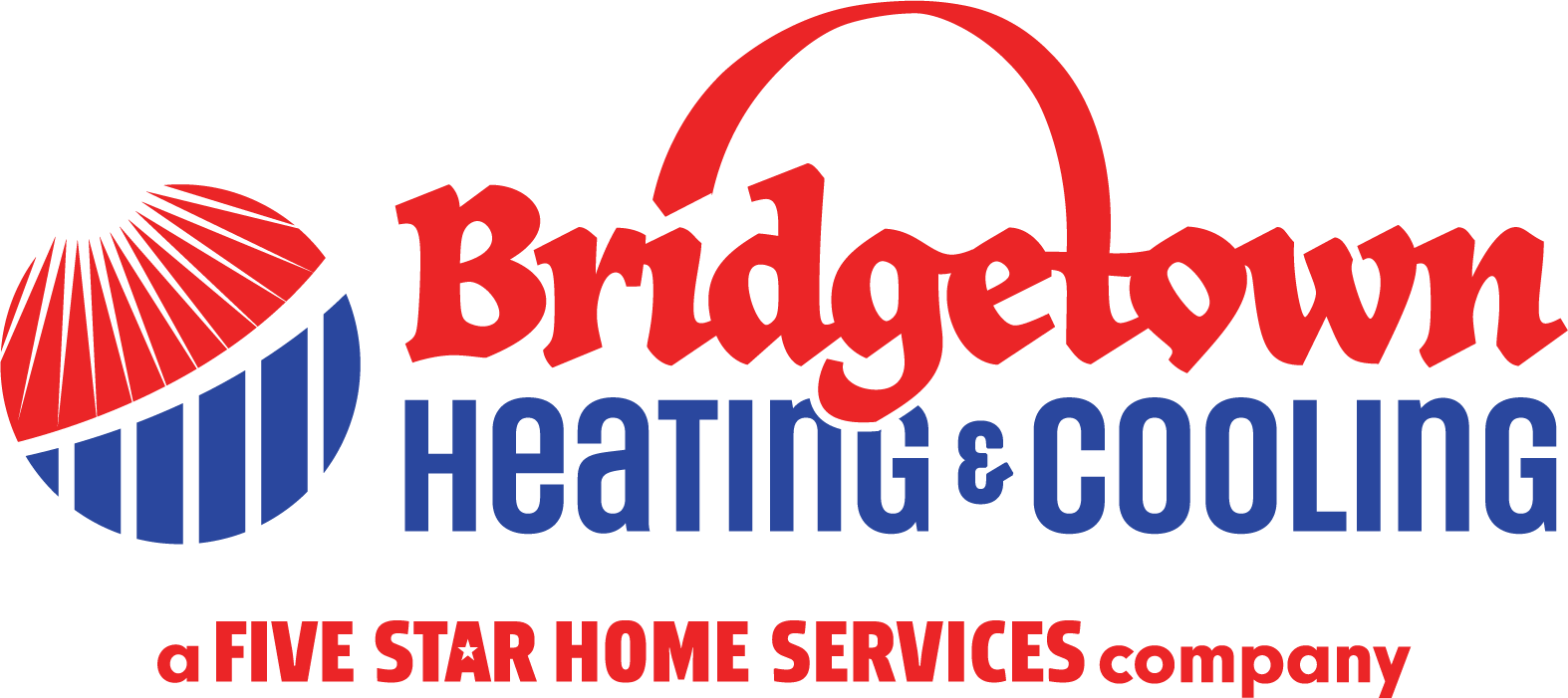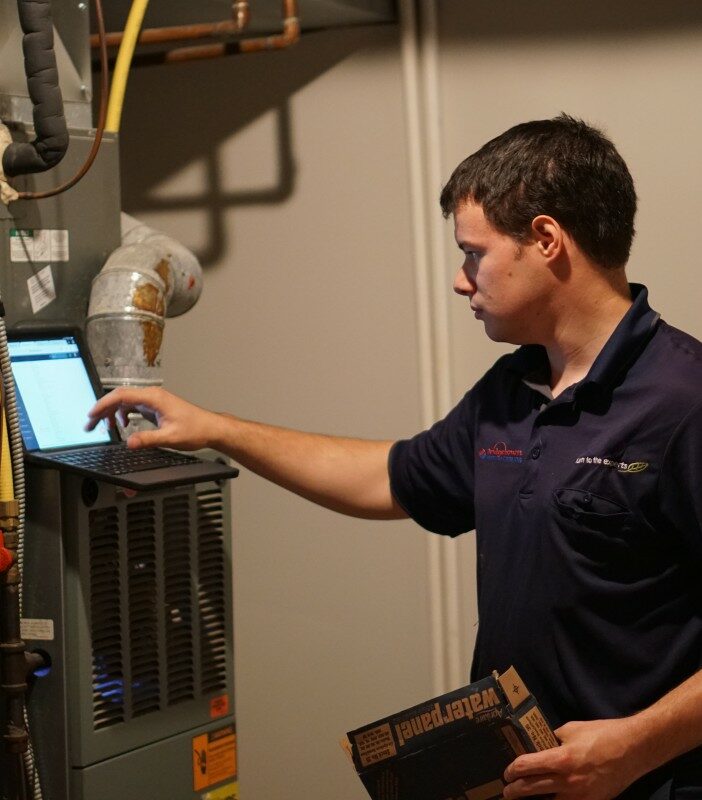
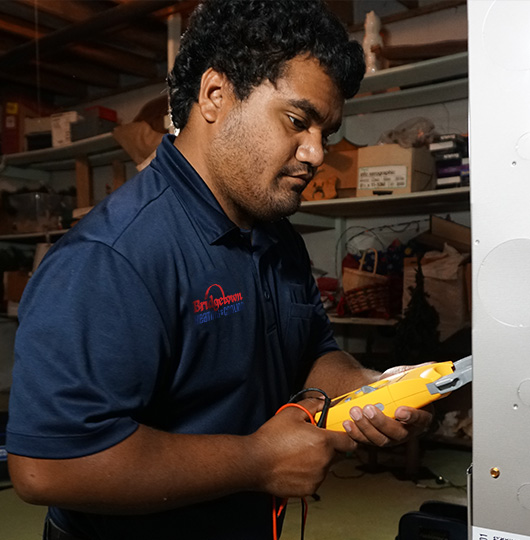
BRIDGETOWN, OHIO HEATING & COOLING EXPERTS
Furnace & Heating System Installation in Bridgetown
OUR TIPS!
Knowing When To Replace Your Home Heating System
THE FURNACE’S AGE
FREQUENT FURNACE REPAIRS
RISING ENERGY BILLS
SAFETY CONSIDERATIONS
Instant Online Estimate
Instant Online HVAC Estimate in Bridgetown, Ohio
We at Bridgetown Heating & Cooling make the whole furnace installation and furnace replacement process quick and easy. We roll out the red carpet from start to finish. If you’re in the market shopping for a new HVAC unit or looking for an estimate on furnace replacement, you can get an Instant Online Estimate right now on our website. Why wait when you can get a free quote right here, right now? All you have to do is click on the coupon and fill out the form! After you send us over that information, we will call you right away. Nevertheless, you can always get immediate support by calling our 24-hour call center, which is open 365 days a year! Give us a call at (513) 273-1335
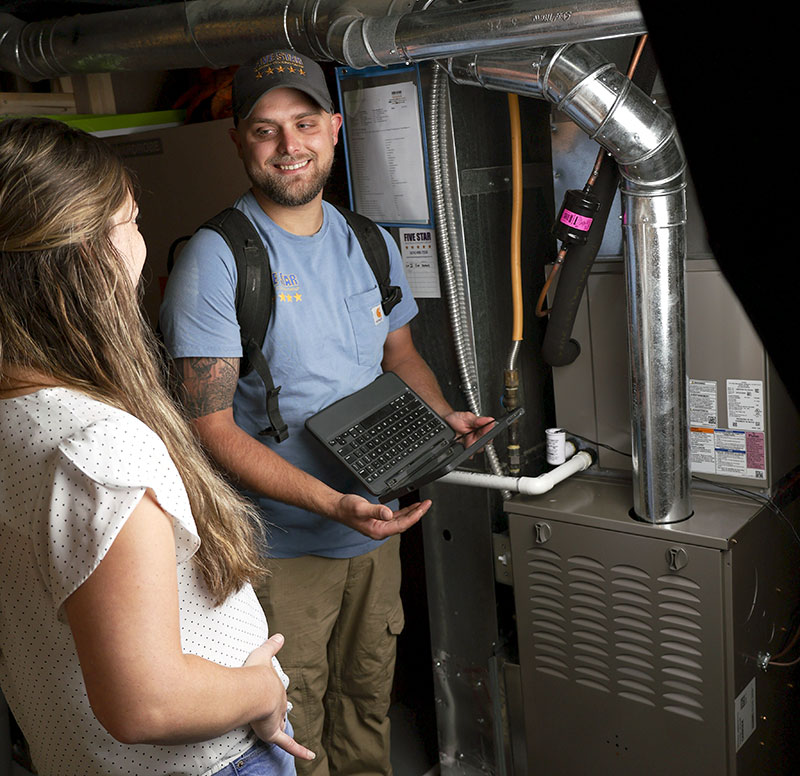
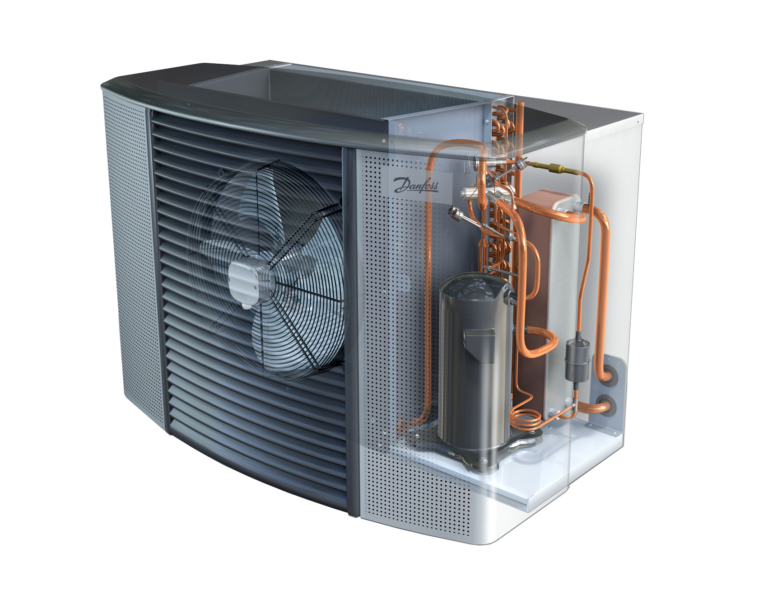
Heat Pumps
What is a Heat Pump?
Heat pumps are heating and air conditioning units that get installed outside the residence. Although they look a lot like a central air conditioning unit, heat pumps offer heating in addition to air conditioning. During the winter, a heat pump will usually work with an air handler. Bridgetown Heating & Cooling welcomes homeowners as well as area business owners to improve their indoor comfort levels while lowering their heating and air conditioning costs by installing a heat pump. This single, year-round HVAC system is better for the environment. They require little maintenance. They are quieter and lighter on energy consumption.
- Efficient & Minimal Maintennace
- Provides Warm and Cold Air
- Reduces Harmful Emissions
Furnace Installation FAQ
What is a furnace’s safety rating?
If you have family in your home or employees and customers in your building, you want your heating solutions to be as safe as humanly possible in addition to being extremely energy efficiency. Expert installation is essential to ensure gas furnace safety in homes and buildings. The furnace needs to have the safest disposal components for carbon monoxide, which is odorless, colorless and yet extremely toxic. If the vent of a gas furnace is improperly installed, or if it gets obstructed, carbon monoxide poisoning can result in sickness and even death. Because of this, no matter how well a gas furnace is installed, CO detectors need to be present in the home with working batteries that get checked regularly.
What is the best type of heating system to have installed?
This is the most important question to ask when replacing your home or building’s furnace. You need to know the type of heating system you are going to have installed ahead of time, if possible. The two main types of heating systems used for most homes for heat are packaged heating systems and split systems. Depending on the available fuel source for your heater, you’ll probably want a gas furnace or electric furnace. In any case, split systems have a furnace coil and a condensing unit. Packaged systems have both heating and A/C components. The best way to find the best unit for your home is to call our knowledgeable furnace install specialists at Bridgetown Heating & Cooling.
What’s the best type of fuel for a home heating system?
After you decide on your furnace type, you need to consider the fuel source. There are three different fuel sources you can use to heat your home. These three main types include gas, oil and electricity. To figure out which of these is the best option, a homeowner needs to check the prices of suppliers for each type of fuel and figure out which one is most readily available.
Different types of furnaces vary in size so space needs to be considered as well. Propane or oil furnaces require more room than other oil and natural gas furnaces. Because natural gas furnaces offer far cleaner energy and are good for homes in general that are not connected to gas supplies, they are often the best choice.
If nothing else, the worst-case scenario for short cycling is due to poor furnace installation. If a furnace doesn’t get sized properly for a home or building space, it can short-cycle.
